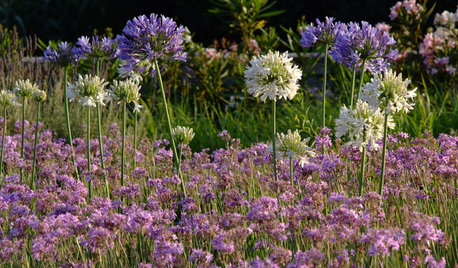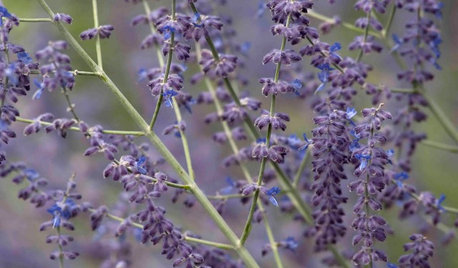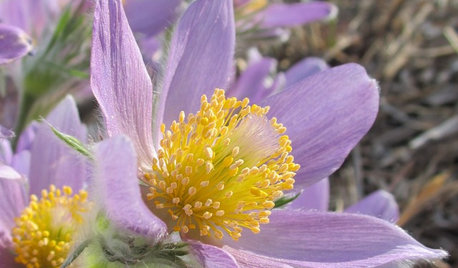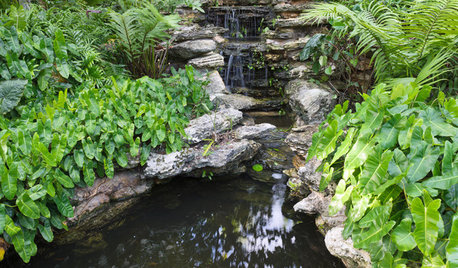Cherokee Purple substitute?
highalttransplant
15 years ago
Related Stories

GARDENING GUIDESGlorious Purple Blooms Bring a Crowning Touch to Gardens
Royally beautiful but mingling well with the masses, plants with purple flowers or foliage are worthy of homage in any garden
Full Story
GARDENING GUIDESGreat Design Plant: Purple Needle Grass, California’s State Grass
The long-lived, drought-tolerant Stipa pulchra is as admired for its benefits as for its good looks
Full Story
SPRING GARDENINGGreat Design Plant: Russian Sage
Silvery stems in winter and a haze of purple blooms in spring and summer make this spiky plant a year-round performer in the garden
Full Story
GARDENING GUIDESGreat Design Plant: Pride of Madeira
Try this drought-tolerant stunner for its massive flower spikes that burst with purple, drawing butterflies and birds to the garden
Full Story
GARDENING FOR BUTTERFLIESGreat Native Plant: Pasque Flower
Get ahead with this early-blooming perennial, which has an unusual feature you've got to feel for yourself
Full Story
EDIBLE GARDENSSummer Crops: How to Grow Tomatoes
Plant tomato seedlings in spring for one of the best tastes of summer, fresh from your backyard
Full Story
LANDSCAPE DESIGNRecipe for Tropical Edible Garden Style
Appeal to exotic good taste with fruit trees, palms and tropical look-alikes in your temperate-climate garden
Full Story
FLOWERS AND PLANTSMyoporum Parvifolium a Lush Green Alternative to the Lawn
Plant this Australian native in mild-winter climates as a low-maintenance, semi-drought-tolerant ground cover
Full Story
GARDENING GUIDESGreat Garden Combo: 3 Wonderful Plants for a Deer-Resistant Screen
Protect your privacy and keep deer at bay with a planting trio that turns a problem garden area into a highlight
Full Story
LANDSCAPE DESIGNLay of the Landscape: French Garden Style
Symmetry and geometry define this decorous landscape style, appropriate for both grand gardens and intimate spaces
Full Story





carolyn137
highalttransplantOriginal Author
Related Professionals
Holly Springs Landscape Architects & Landscape Designers · Saint Louis Park Landscape Architects & Landscape Designers · Mount Wilson Landscape Architects & Landscape Designers · Fort Hunt Landscape Contractors · Goldenrod Landscape Contractors · Hercules General Contractors · Lakewood Park General Contractors · Markham General Contractors · University Park General Contractors · Greeley Decks, Patios & Outdoor Enclosures · Lincoln Decks, Patios & Outdoor Enclosures · Rantoul Decks, Patios & Outdoor Enclosures · San Diego Decks, Patios & Outdoor Enclosures · Surfside Decks, Patios & Outdoor Enclosures · Highland Decks, Patios & Outdoor Enclosuresmiesenbacher
marcantonio
duajones
carolyn137
highalttransplantOriginal Author
highalttransplantOriginal Author
carolyn137
HoosierCheroKee
carolyn137
rnewste
seedsonshirt
carolyn137
tomatogreenthumb
earl
HoosierCheroKee
HoosierCheroKee
spiced_ham
carolyn137
HoosierCheroKee
carolyn137